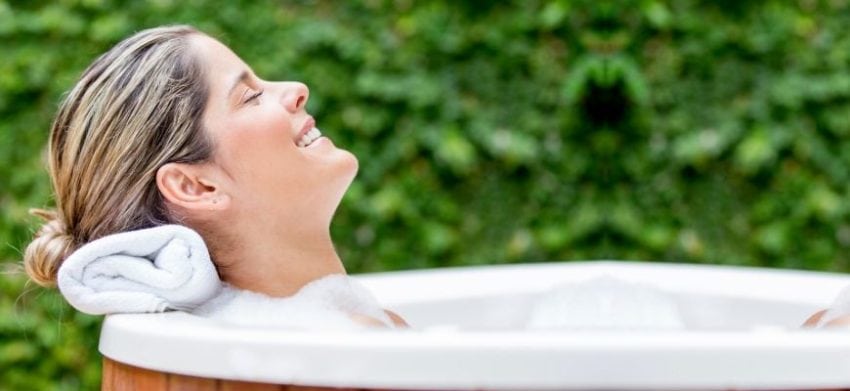How to Correctly Use Spa Chemicals
You finally pulled the trigger and bought yourself a hot tub. Maybe you have been eyeing it for a while, or maybe it was a spur of the moment decision. Either way, you deserve to relax in your spa for years to come. However, owning a spa is a bit more complicated than a bathtub. It is important to learn how to correctly care for your new favorite place in the world.

Why Do I Need Chemicals?
Chemicals keep the water in your spa clean and sanitary. Since the water remains inside the tub for a long time, leaving it untreated can cause organisms to grow in it. These organisms, while making your hot tub dirty, can also cause illness. These illnesses are common when exposed to untreated water. Some infections can cause diarrhea, respiratory infections, rashes, and eye infections. For more information about these water-born illnesses check out https://www.cdc.gov/healthywater/swimming/swimmers/rwi.html.
The water in a spa is hotter than a pool. This means more things are able to grow inside the water. Warmer water also opens your pores, which leaves you more susceptible to infections. This makes the chemicals vital to maintaining a clean, healthy, and relaxing experience for you.
Why Should I Test the Water?
It is important to test the water to ensure the spa is sanitized properly and the PH and alkalinity is balanced. You can test the water by using testing strips, a liquid test kit, or take a sample into your spa dealer. You should collect the water from the middle of the hot tub, far away from any jets. The water should be tested often, at least once a week. It should be tested if it was rained on or had a lot of use.
What Chemicals Should I Use?
Sanitizer: This is probably the most important chemical to use in your spa. Sanitizer keeps the hot tub sanitized from all the germs that can cause illness. When choosing your sanitizer, make sure you research all the pros and cons with each option so you know exactly what you want when you go into the store. You can also buy hot tub chemicals online, saving you the hassle of finding a store. All sanitizing options should be effective at killing bacteria and algae that can grow in your hot tub. Substances such as chlorine, bromine, biguanide, minerals, and salt systems are all used as hot tub sanitizers.
Shock: Shocking your hot tub can be helpful if you are noticing algae growing in your tub. Shock is essentially a super sanitizer that is used weekly or as needed. This will keep your hot tub water levels healthy. There are chlorinated and non-chlorinated options of shock, depending on what sanitizing system you use.
Alkaline: Balancing the acidity can be tough, that is why it is important to test the water before adding the chemicals. If your alkalinity gets lower than 100 ppm you will need to add an alkaline increaser.
PH: If the PH or alkalinity levels are too high, you can use a PH decreaser to lower the levels. The PH levels should be below 7.6. Anything above that might cause cloudy water. PH decreaser can lower both the PH and alkalinity, so make sure if you use it, you check the alkalinity levels again. When PH levels get too low, a PH increaser will raise the PH, as well as the alkalinity. If the acidity level is too high or too low in the water, it can cause damage to the hot tub.
Keeping your hot tub sanitized and acidity levels balanced can be a bit trickier. It will probably take a lot of testing strips and some trial and error to figure out. It is an important process in the maintenance of your hot tub and should be taken seriously.
How do I Administer Chemicals?
First, make sure the hot tub is filled and the water temperature is above 80 degrees. If you have jets, turn them on as this can help mix the chemicals into the water for you. Second, you will test the water. Follow the instructions on the chemicals to make sure you are adding the right amount of each chemical into the hot tub. Make sure you measure the chemicals twice before adding them to the hot tub. This article gave some good tips on how to add the chemicals without spilling and splashing. Once the chemicals are added, test the water again to ensure the levels are correct.
Once the chemicals are added, keep the lid off the hot tub to allow the chemicals to “off-gas.” This occurs when the chemicals break down a portion of that gets airborne. You don’t want to trap the off-gas in the hot tub, so keep the lid off and windows open if the hot tub is inside. Now you are all set to enjoy your spa.



